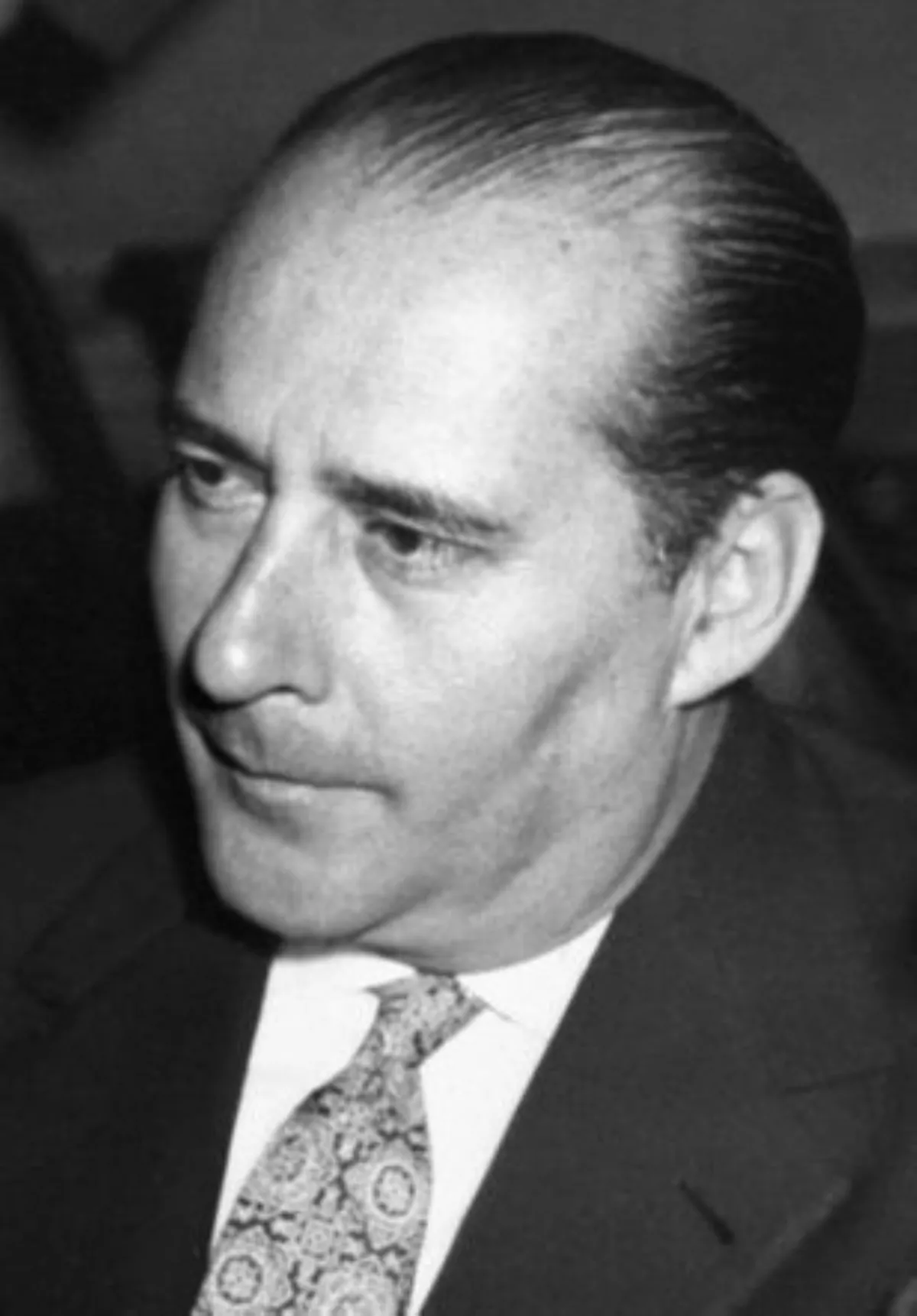 1.
1. Roberto Gastone Zeffiro Rossellini was an Italian film director, screenwriter and producer.

 1.
1. Roberto Gastone Zeffiro Rossellini was an Italian film director, screenwriter and producer.
Roberto Rossellini was one of the most prominent directors of the Italian neorealist cinema, contributing to the movement with films such as Rome, Open City, Paisan, and Germany, Year Zero.
Roberto Rossellini is known for his films starring his then wife Ingrid Bergman, Stromboli, Europe '51, Journey to Italy, Fear and Joan of Arc at the Stake.
Roberto Rossellini's mother, Elettra, was a housewife born in Rovigo, Veneto, and his father, Angiolo Giuseppe "Peppino" Rossellini, who owned a construction firm, was born in Rome from a family originally from Pisa, Tuscany.
Roberto Rossellini lived on the Via Ludovisi, where Benito Mussolini had his first Roman hotel in 1922 when Fascism obtained power in Italy.
Rossellini's father built the first cinema in Rome, the "Barberini", a theatre where movies could be projected, granting his son an unlimited free pass; the young Rossellini started frequenting the cinema at an early age.
Roberto Rossellini had a younger brother, Renzo, who later scored many of his films.
In 1937, Roberto Rossellini shot his first film, Prelude a l'apres-midi d'un faune, which was possibly unreleased and later lost.
The Fascist regime collapsed in 1943, and two months after the liberation of Rome, Roberto Rossellini began preparing the anti-fascist Roma citta aperta, with Fellini assisting on the script.
Fabrizi played the role of the priest, while Roberto Rossellini self-produced, filming commencing in January 1945.
In Berlin, Roberto Rossellini preferred non-actors, but he was unable to find a face he found "interesting"; he placed his camera in the centre of a town square, as he did for Paisa, but was surprised when nobody came to watch.
One of the reasons for success is supposed to be Roberto Rossellini's rewriting of the scripts according to the non-professional actors' feelings and histories.
In 1948, Roberto Rossellini received a letter from a famous foreign actress proposing a collaboration:.
In 1971, Rice University in Houston, Texas, invited Rossellini to help establish a Media Center, where in 1970 he had begun planning a film on science with Rice professor Donald D Clayton.
In 1934, Roberto Rossellini married Assia Noris, a Russian actress who worked in Italian films; the marriage was annulled in 1936.
In 1957, Roberto Rossellini had an affair with Bengali screenwriter Sonali Dasgupta, and soon after, Bergman and Roberto Rossellini separated.
Roberto Rossellini eloped with Dasgupta in 1957 when she was 27 years old.
Roberto Rossellini adopted her young son Arjun, renamed Gil Rossellini, who became a New York-based film producer.
In 1973, Roberto Rossellini left Dasgupta for producer Silvia D'Amico Bendico, but he remained married to Dasgupta until his death of a heart attack at age 71 in 1977.
Roberto Rossellini was an acknowledged master for the critics of Cahiers du Cinema in general and Andre Bazin, Francois Truffaut, and Jean-Luc Godard in particular.
Truffaut noted in his 1963 essay, Roberto Rossellini Prefers Real Life that Rossellini's influence among the directors who became part of the nouvelle vague was so great that he was in every sense "the father of the French New Wave".
Scorsese notes that in contrast to directors who often become stylistically restrained and conservative as their careers advanced, Roberto Rossellini became more unconventional as his career advanced, and was constantly experimenting with new styles and technical challenges.
Scorsese particularly highlights the series of biographies Roberto Rossellini made in the 60s of historical figures and singles out La Prise de pouvoir par Louis XIV for praise.